- 241 Posts
- 689 Comments

 18·10 hours ago
18·10 hours agoConsidering China can barely control their domestic EV industry from initiating a price war so aggressive they’ve effectively commoditized EVs… Yes?

 79·10 hours ago
79·10 hours agosigh
Do you also think Nvidia is a government-funded company? Google? Pfizer? Your standard for government-funding makes literally zero sense.

 625·19 hours ago
625·19 hours agoYour claim is that MiHoYo, a gaming company responsible for Genshin Impact, is a government funded company?
Okay then.

 9·21 hours ago
9·21 hours agoRebate estimates are based on published rates for qualifying vehicles and assume that 25% of EVs sold were not eligible.
This eligibility rate seems high based on what we know of the EV market in China.
These were the rebates for 2022:
-
All-electric plug-in cars with a range over 400 km are eligible for subsidies of RMB 12,600 (approximately $2000).
-
All-electric plug-in cars with a range of 300–400 km are eligible for subsidies of RMB 9100 (approximately $1400).
-
Plug-in hybrid cars are now eligible for subsidies of RMB 4800 (approximately $750).
-
All-electric plug-in cars with a range of less than 250 km are no longer eligible for subsidies.
For example, the 118k RMB BYD Dolphin has a range of 301km, the 32k RMB Wuling Hongguang Mini EV has a range of 120km, and… Wait, hold up, the what now? The Mini EV is the best-selling car in China, has shipped 1.2 million units as of February 2023, and costs WHAT? The Mini EV market in China is huge, and assuming only 25% of sales aren’t captured by rebates seems… low?
Rebate estimates prior to 2023 assume local government support amounted to 15% of central government support.
This might be high, might be low, whatever. It’s a marginal error.
The sales tax exemption is calculated using the stated 10% tax exemption for qualifying NEVs.
This ignores the tax exemption caps, but since most EVs are under the cap price it’s fine I guess.
Infrastructure subsidy estimates are based on funding amounts provided by the Ministry of Science and Technology.
Can’t be bothered to check this.
R&D estimates use government-funded R&D statistics and assume that 90% of auto R&D expenditure went towards NEVs.
Wait, WHAT? Are they ignoring that China has many massive SOEs that have been building ICE cars for forever?
Government procurement estimates assume that 50% of government procurement of autos went towards NEVs.
Again, see above.
Estimates assume that the average prices of commercial and passenger vehicles are RMB 1.2 million and RMB 250,000, respectively.
Again, see the Mini EV.
Annual currency conversions were done using exchange rate data from the OECD.
Fine.
It’s clear then where the issues come from: a gross misunderstanding of the Chinese EV market, the average EV cost, and the maximum eligible tax exemption.
China claims $28 billion USD up to 2022 and another $72 billion up to 2027 (almost entirely vehicle tax exemptions)… Of course, those vehicle tax exemptions were inherently because of the pollution of ICE vehicles and only applied to the domestic market.
-

 141·21 hours ago
141·21 hours agoIs it time to disprove CSIS claims again?
Here’s what CSIS claims for the 2009-2023 period:
$65.7B buyer rebates
$117.6B tax exemptions
$4.5B infrastructure subsidies
$25B research and development
$18B government procurement
Rebate estimates are based on published rates for qualifying vehicles and assume that 25% of EVs sold were not eligible. Rebate estimates prior to 2023 assume local government support amounted to 15% of central government support. The sales tax exemption is calculated using the stated 10% tax exemption for qualifying NEVs. Infrastructure subsidy estimates are based on funding amounts provided by the Ministry of Science and Technology. R&D estimates use government-funded R&D statistics and assume that 90% of auto R&D expenditure went towards NEVs. Government procurement estimates assume that 50% of government procurement of autos went towards NEVs. Estimates assume that the average prices of commercial and passenger vehicles are RMB 1.2 million and RMB 250,000, respectively. Annual currency conversions were done using exchange rate data from the OECD.
According to the 2020 policy, only passenger EVs costing less than RMB 300,000 (US$42,376) per unit are eligible for the fiscal incentives.
Let’s backtrack these numbers:
200 billion RMB in total subsidies. 14.1 million in total PEV stock as of 2022, giving ~14.2k RMB/car in subsidies. The top selling EV in China in 2022, the BYD Song, sells for about 180k RMB.
CSIS claims that subsidies are on the order of $230 billion, or 1.67 trillion RMB, but includes 2023 sales (total PEV stock of ~22 million). That’s a subsidy of ~76k RMB/car.
We know that the maximum buyer rebates were cut from 18k RMB in 2020 to 14.4k RMB in 2021 and 12.6k RMB in 2022 (but only for very high range EVs). Let’s assume for a second that China claims 200 billion RMB solely from buyer rebates, and that of the remaining 1.47 trillion RMB, 853 billion RMB came from the purchase tax… At a 10% tax rate, that suggests an average car value of ~390k RMB or ~54k USD. That exceeds the average car value of US car sales (~47k USD).
Clearly, CSIS has some wonky numbers, but where do they come from?
Well, if you were paying attention, CSIS claims are alarmingly close to China’s claims… If you convert to RMB. China claimed that the purchase tax exemption was responsible for a 115 billion RMB subsidy, while CSIS claimed a $117.6 billion subsidy. Due to differences in annual accounting standards, this is entirely possible.
To check, let’s work back based on China’s claims, assuming that the only subsidies China considers are buyer rebates and purchase tax exemptions (because funding research, funding infrastructure, and government procurement are hardly subsidies in China’s accounting). That leaves $85 billion RMB in buyer rebates and $115 billion RMB in tax exemptions. Working back from the known buyer rebates rate (assuming ~14k RMB/car average over all sales), this gives 6 million subsidy-eligible EV sales or an average sale price of 190k RMB.
However, we know that China’s total PEV stock by 2022 was 14.1 million, so what gives? Well, turns out hybrids are still considered PEVs in that accounting (despite receiving far lower subsidies), and the number of BEVs has only really ramped up recently. Moreover, for a variety of reasons not all EVs are eligible for subsidies.
In my next comment I’ll dive into where I think CSIS went wrong.

 38·22 hours ago
38·22 hours agoIt means it’s been commoditized, which is useful for obvious reasons

 176·23 hours ago
176·23 hours agoTo the best of my knowledge, this is the first commercially-funded (i.e., non-government) nuclear fusion reactor. Notable investors are MiHoYo (developers of Genshin Impact), Nio (Chinese EV company), and Sequoia Capital…

 102·1 day ago
102·1 day agoThe Chinese companies at the meeting reportedly said the European Commission had asked them for the detailed chemical composition and formulas of battery raw materials, including the exact amount of each major raw material, such as lithium ferrous phosphate, graphite, copper, and aluminum. The EC also required information on suppliers and procurement of raw materials, which are considered the lifeblood of the electric vehicle industry, per the report.

 5·2 days ago
5·2 days agoIt finally happened? This deal has been in limbo literally since the end of the Cold War

 62·3 days ago
62·3 days agoI don’t think the mods care lol
They also allow statements from the US State Department, so I think they’re just of the opinion that state-funded/state-biased media provides a useful perspective and users should be able to pick that apart when necessary.

 74·3 days ago
74·3 days agoArmenia pissing on Putin’s face and aligning with the US, only to be shocked when doing so leads to neither party supporting them:
oops is this the consequences of my actions

 83·3 days ago
83·3 days agoIn 2022 the Karakax County village of Dutar – named for a Uyghur traditional instrument – was renamed Red Flag village.
I’m sure this has nothing to do with the $600 billion water megaproject that IIRC is supposed to route the Red Flag river through that village…
Names come with utility and meaning. If a village has a new utility, it typically takes a new name (New Amsterdam -> New York, Ville-Marie -> Montreal). Guardian at its finest.

 3·3 days ago
3·3 days agoDidn’t China seize firearms from the Filipinos? Talk about bringing knives to a gunfight…

 8·3 days ago
8·3 days agoThis should be much bigger news. Electricity consumption is typically a good proxy for real GDP/capita (it undercounts services, but otherwise tracks)… But China’s GDP numbers already undercount service.

 83·3 days ago
83·3 days agoHey don’t forget the CHIPS act fabs that are behind schedule because foreign companies realized that Americans are lazy and don’t work hard.

 10·4 days ago
10·4 days agoThat’s what happens on lemmy.world lmao
I can’t remember the last time a mod got into an argument on this community - must have been months ago. I remember there being a few teething pains, but those have clearly been resolved.
Edit: I’m not saying I agree with their liberal use of the banhammer (I think it prevents people from seeing the errors in their opinions because being banned creates an antagonistic environment and likely solidifies their positions), but just look at the comment history of mods on this community: they’re remarkably quiet.

 751·4 days ago
751·4 days agoLet’s
Fucking
Go

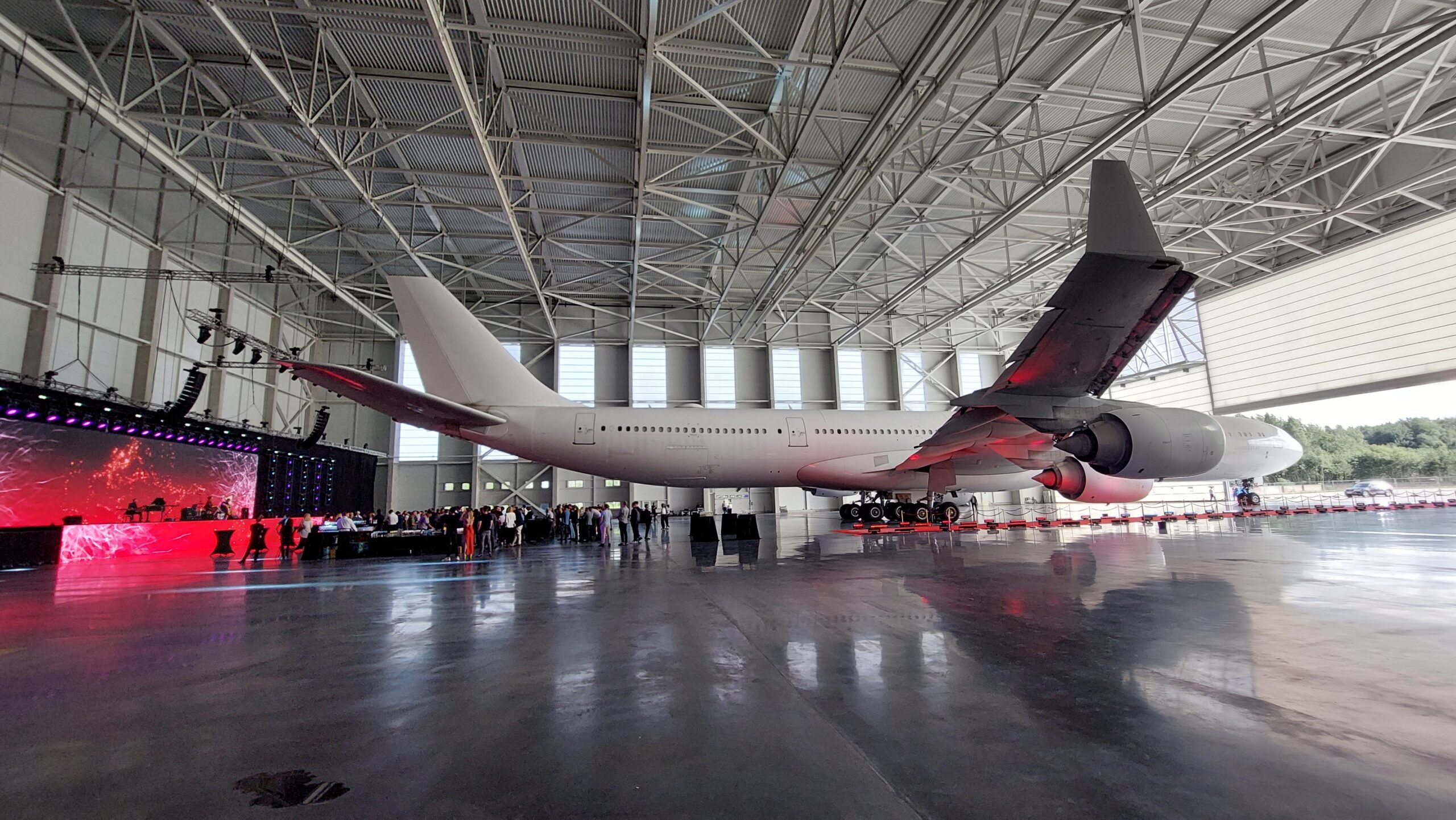
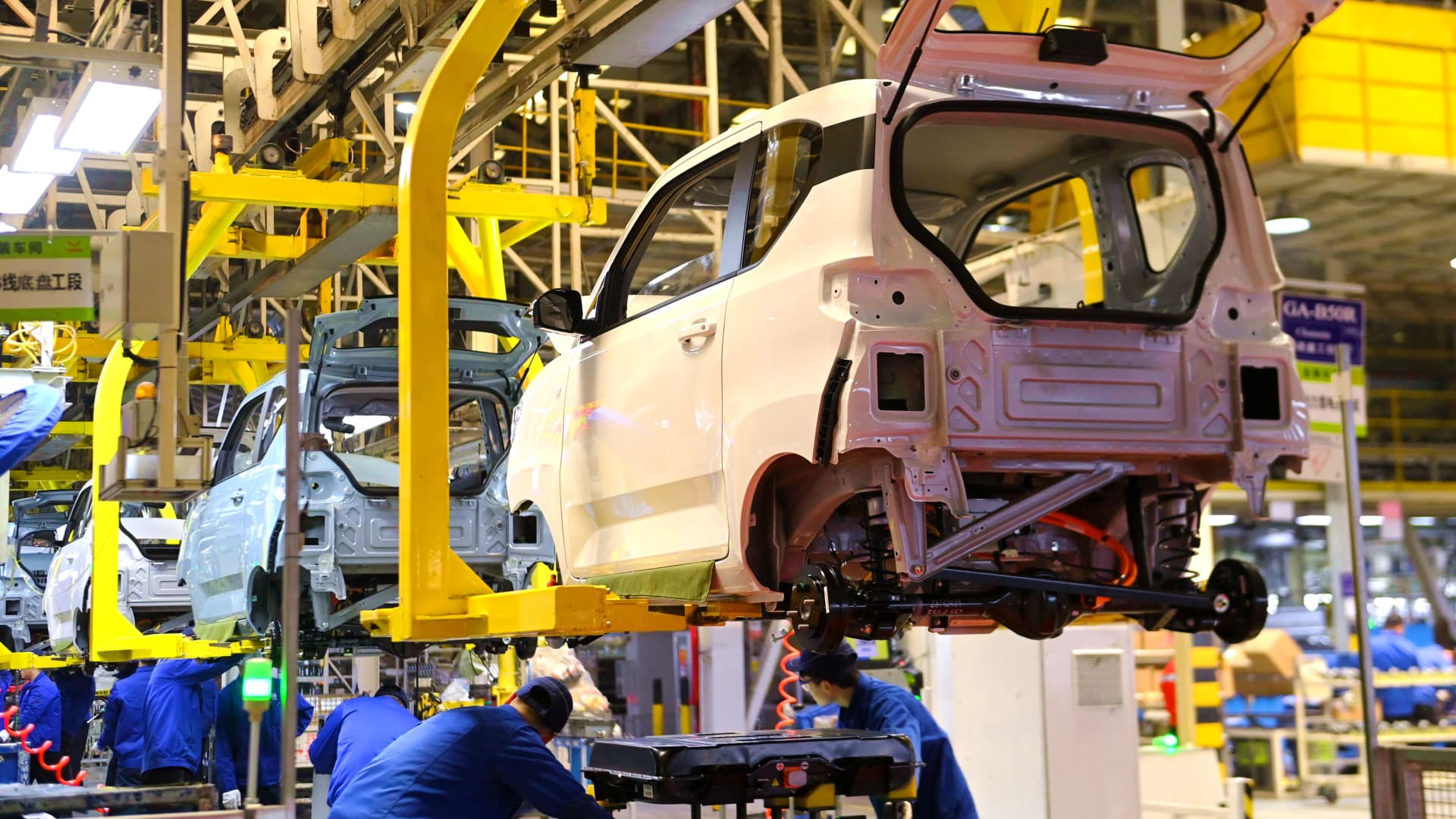
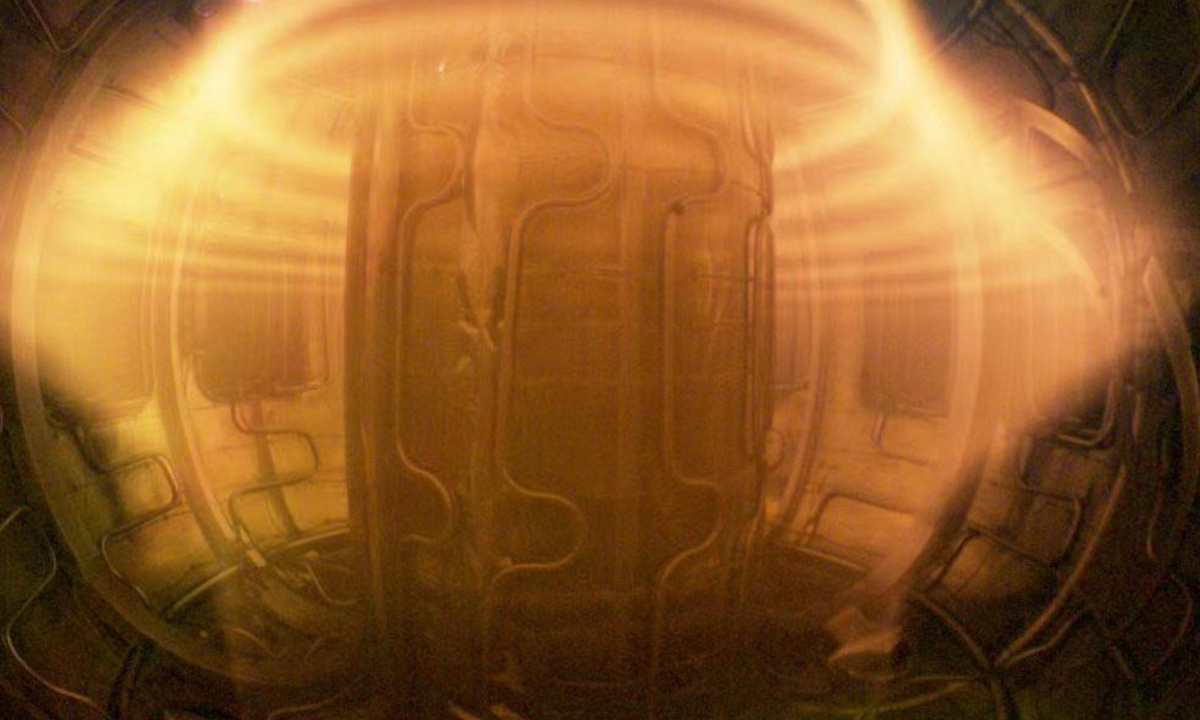
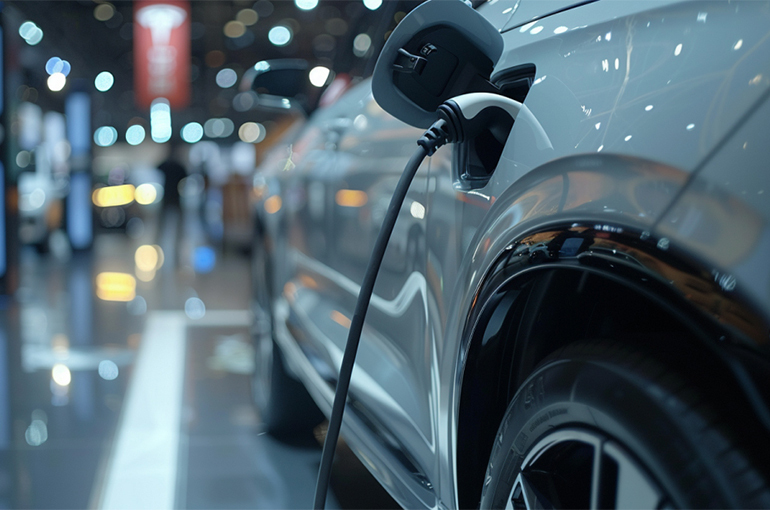
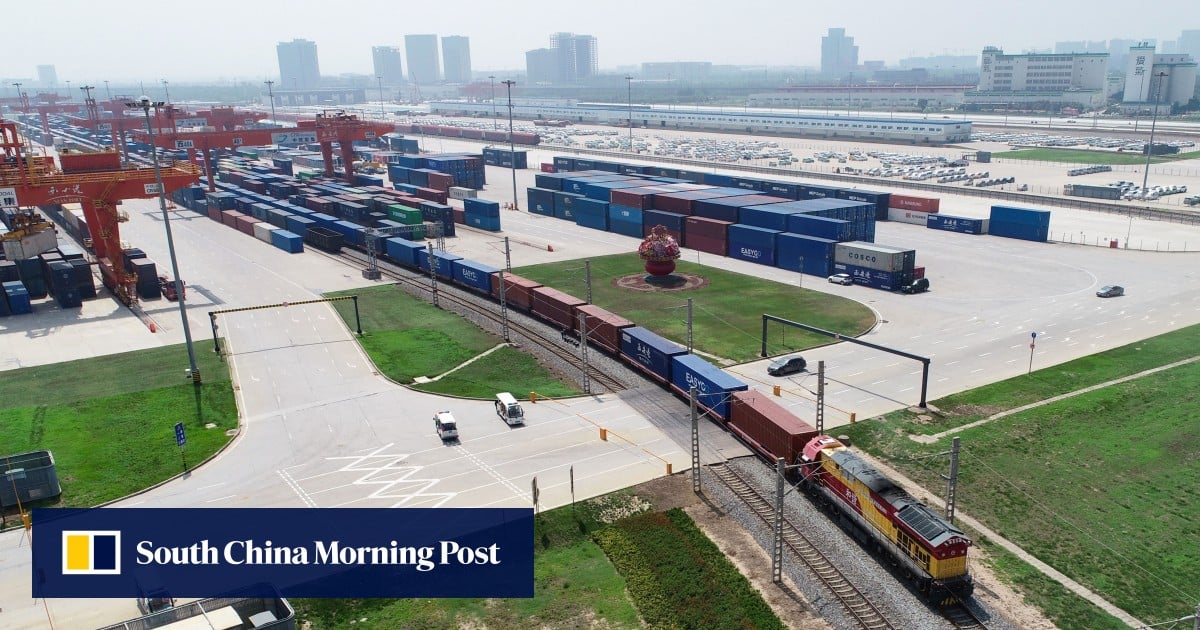
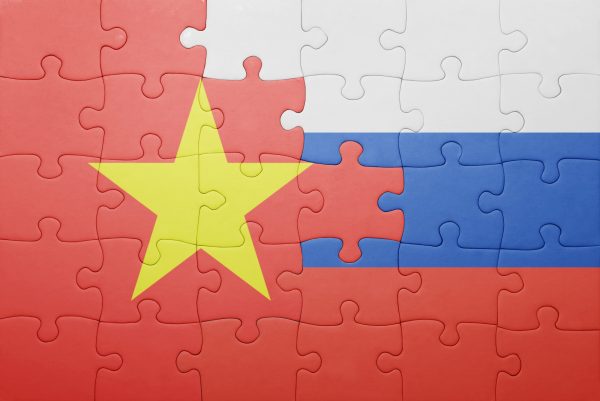
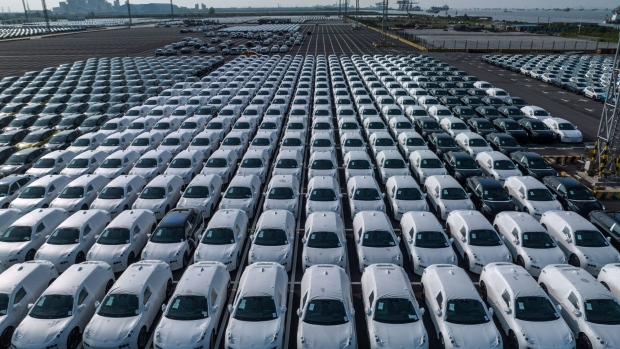
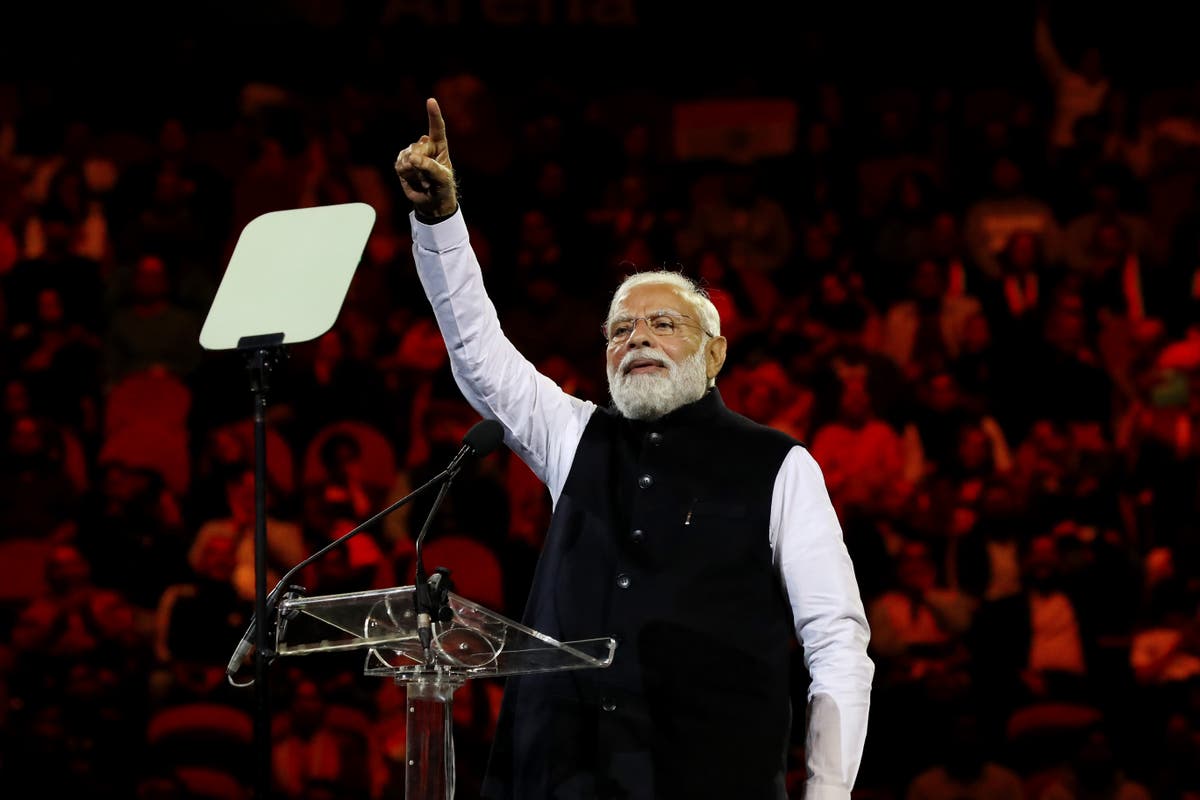


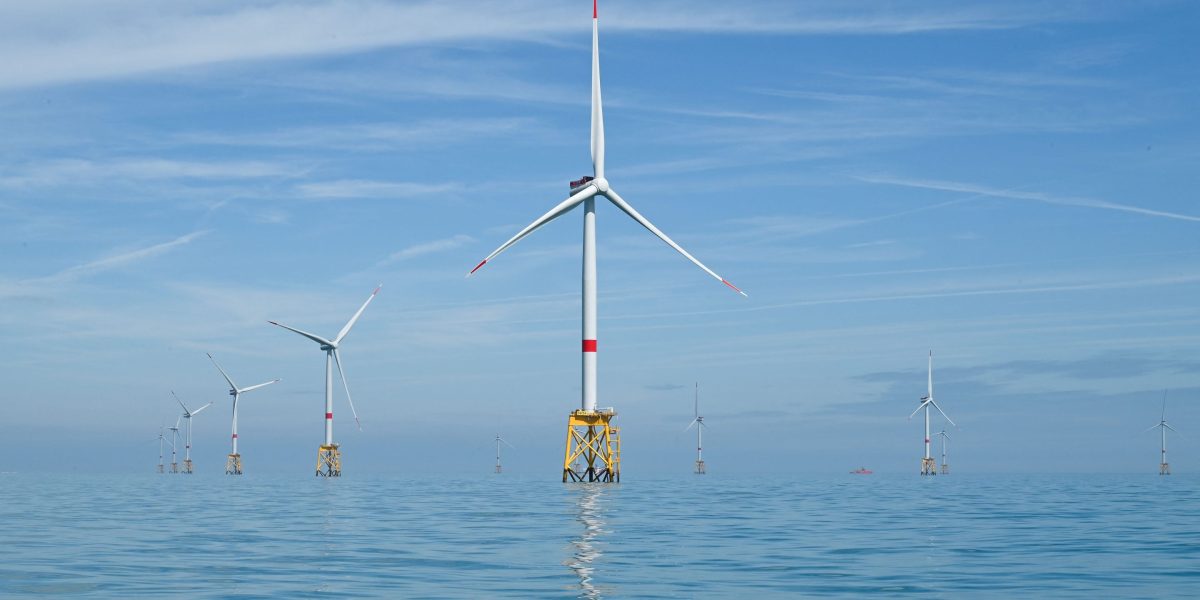
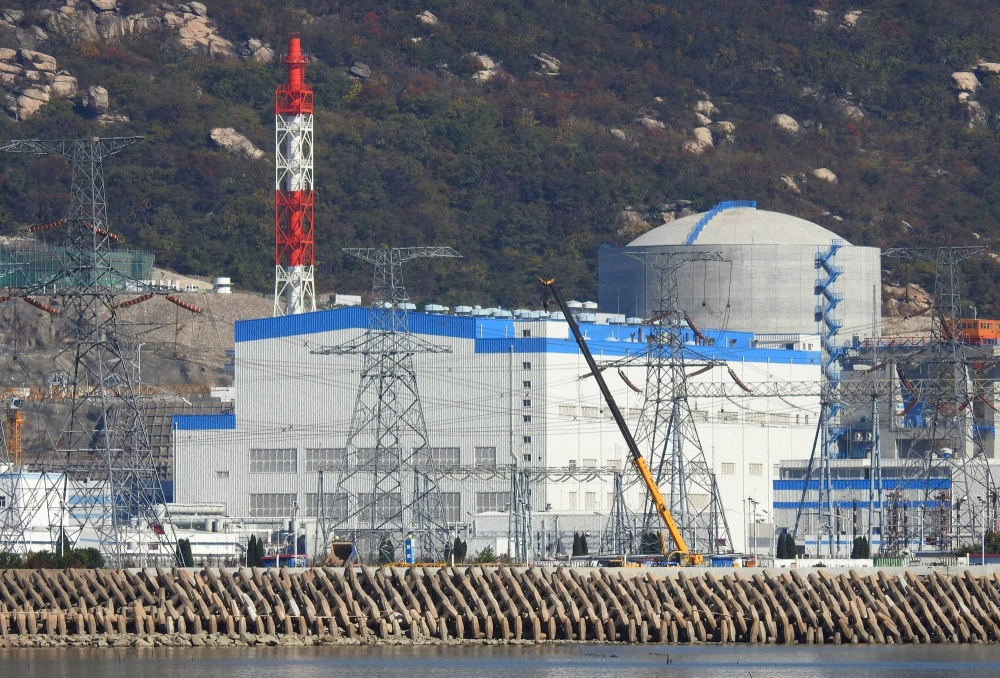




AP again has a shit take: Olympic Village is real estate and will likely be sold off as real estate when the Olympics end. Installing AC, even if it makes sense in the short term, makes zero sense for the long term utility of the building.